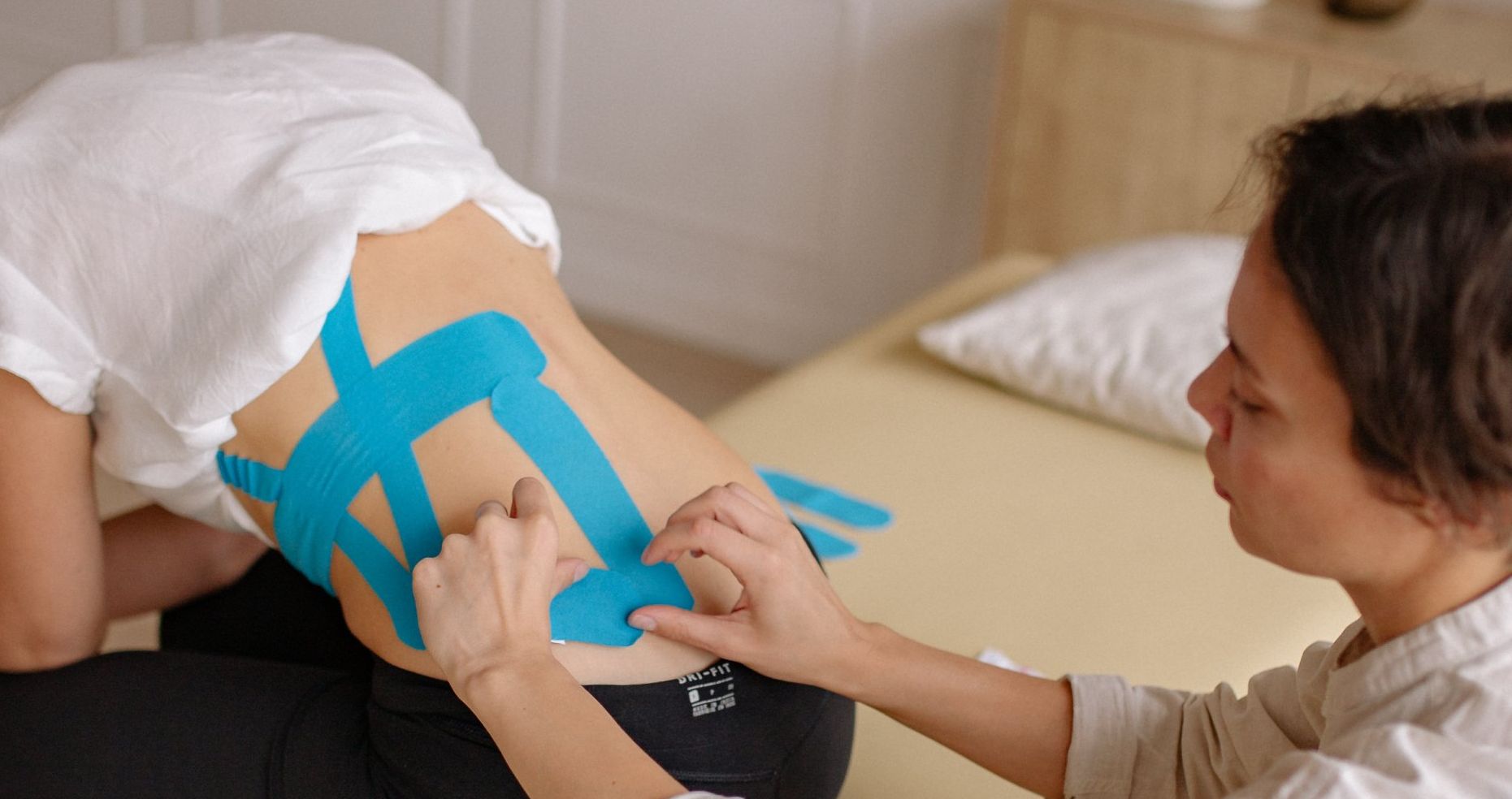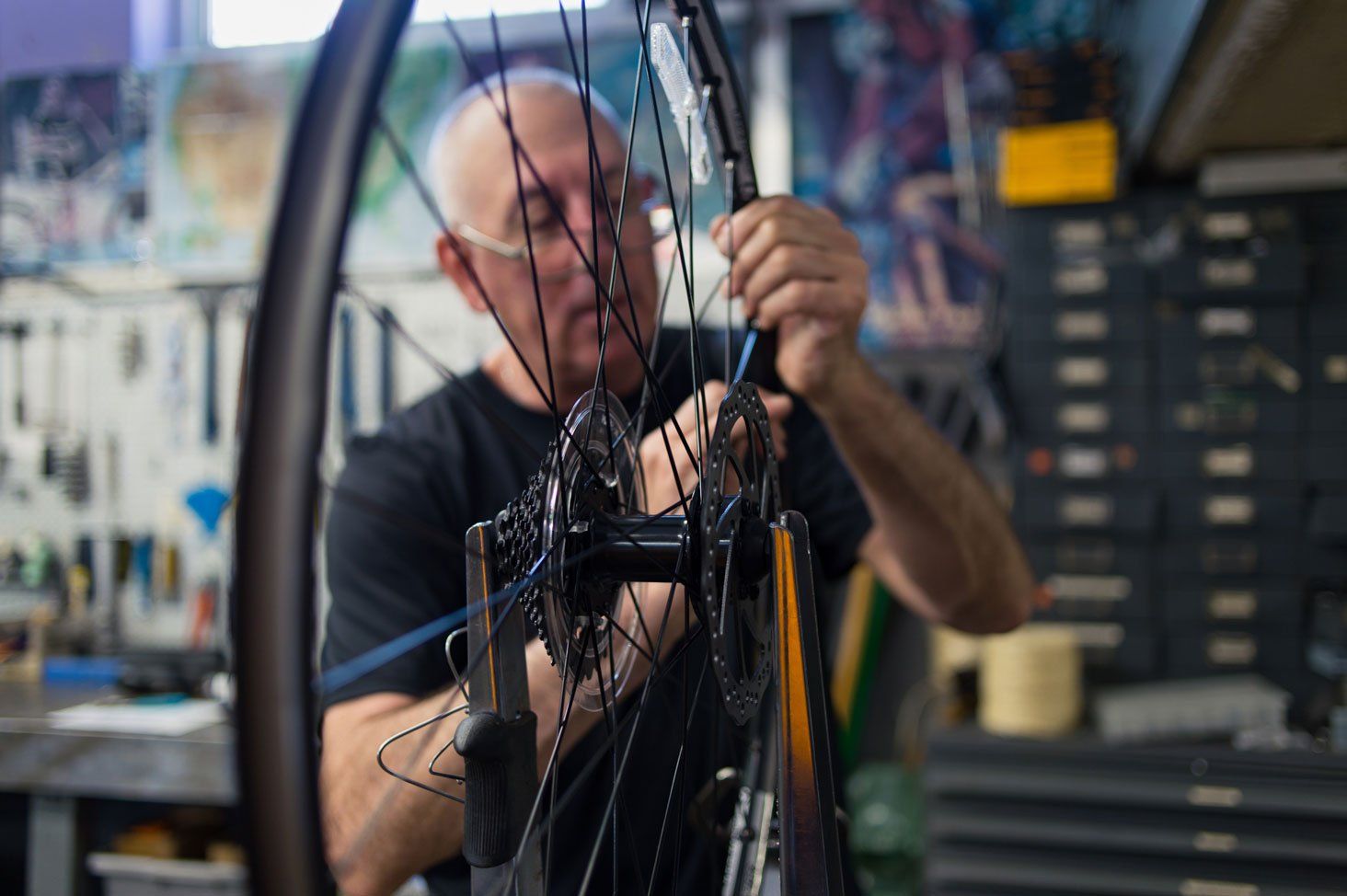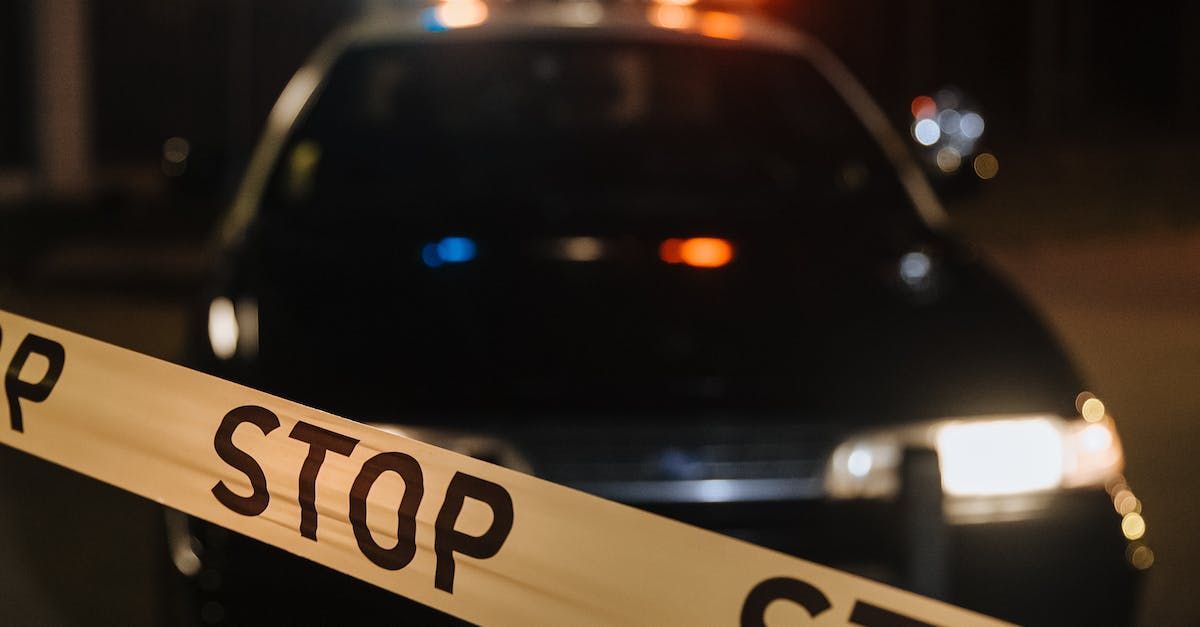Let's talk about your case
You can schedule a call with one of our lawyers anytime. Call today and get the help you need.
Or fill out our online form, and we will respond within 24 hrs.
Understanding Spinal Cord Injury in 2023
Spinal Chord Injury Lawyers
Picture this: a moment of sheer joy as you score the winning goal in a soccer game, followed by an instant of pure terror as you collide with an opposing player. In that split second, your life changes forever due to a spinal cord injury. This devastating scenario is a reality for many individuals, whose lives are turned upside down by an unexpected event. In this blog post, we will delve into the world of spinal cord injuries, exploring their causes, effects, and the journey to recovery, as well as the legal considerations and prevention efforts that can make a difference.
Key Takeaways
- Spinal cord injuries can have a devastating impact on an individual’s quality of life and require understanding the anatomy, types, common causes, effects and legal considerations.
- Comprehensive treatment plans are necessary for successful recovery which includes acute care stabilization, rehabilitation therapy & assistive devices/technology.
- Prevention measures should be adopted to reduce risk while raising awareness is essential in improving lives affected by spinal cord injury.
Understanding Spinal Cord Injuries

Spinal cord injuries are often classified as catastrophic injuries, which can significantly impact a person’s quality of life and their ability to perform daily activities. Imagine losing the ability to walk, talk, or even breathe without assistance. This is the harsh reality faced by those who have suffered a catastrophic impairment such as quadriplegia, paraplegia, or other forms of paralysis. These life-altering injuries are commonly caused by motor vehicle accidents, falls, sports injuries, and acts of violence.
Grasping the complexity of spinal cord injuries necessitates an understanding of the spinal cord’s anatomy and its functions. The spinal cord is a crucial part of the central nervous system, facilitating the transmission of signals between the brain and the rest of the body. Any damage to this vital structure can result in severe impairment, affecting not only physical but also emotional and mental health, as well as social and financial aspects of an individual’s life.
Anatomy of the Spinal Cord
The spinal cord is a tubular structure that extends from the brain to the lower back, conveying nerve signals that facilitate movement and other functions. It is safeguarded by the vertebral column, which acts as a protective shield, preventing damage from external forces. The spinal cord is composed of motor and sensory neurons, interneurons, and neuroglia cells, which work together to transmit signals between the brain and the rest of the body.
Divided into four distinct regions - the cervical, thoracic, lumbar, and sacral regions - each region has specific functions associated with motor commands and sensory information transmission. A clear understanding of the spinal cord’s anatomy helps spinal cord injury victims appreciate the extent of their injuries and anticipate potential challenges.
The statutory accident benefits schedule (SABS) provides compensation to victims for medical and rehabilitation expenses, income replacement, attendant care benefits, and other benefits.
Types of Spinal Cord Injuries
Spinal cord injuries are classified according to their functional and location-based damage, which can range from mild to severe and life-threatening. Using the American Spinal Injury Association (ASIA) impairment grading system, injuries are categorized as either complete or incomplete. A complete injury results in a total loss of function below the level of the injury, while an incomplete injury preserves some function. The severity and location of the injury determine the clinical outcomes that may be experienced.
In the context of motor vehicle accidents, a separate framework called the minor injury guideline (MIG) outlines the treatment and benefits available for individuals with minor injuries, excluding traumatic brain injury and spinal cord injuries, resulting from a motor vehicle accident. A grasp of the differing severity levels of spinal cord injuries enables accident victims and their families to anticipate the challenges and the necessary support during recovery.
Common Causes of Spinal Cord Injury
Motor vehicle collisions, falls, sports injuries, and acts of violence account for the majority of spinal cord injuries. In fact, motor vehicle accidents are estimated to be responsible for between 29.9% and 51.6% of spinal cord injuries. This alarming statistic highlights the importance of adhering to safe driving practices and understanding the potential consequences of negligence on the road.
While accidents may be a prevalent cause of spinal cord injuries, it is crucial to recognize that sports injuries and acts of violence may also lead to these life-altering injuries. The minor injury guideline (MIG) excludes traumatic brain injury and spinal cord injuries from its framework, highlighting the distinct challenges faced by those with more severe injuries.
Recognizing the common causes of spinal cord injuries allows individuals to take appropriate precautions to prevent potential harm to themselves and their loved ones.
Immediate and Long-Term Effects of Spinal Cord Injury

The immediate and long-term effects of spinal cord injuries can be both devastating and far-reaching, affecting every aspect of an individual’s life. The physical effects of spinal cord injuries, such as paralysis, loss of sensation, and impairment of bladder and bowel control, can be life-altering and require ongoing medical care and support.
Beyond the physical effects, emotional and mental health consequences can also be significant, with depression, anxiety, and post-traumatic stress disorder (PTSD) being common among spinal cord injury survivors. Furthermore, the social and financial implications of spinal cord injuries can be overwhelming, with challenges in securing employment, sustaining relationships, and navigating the financial burden of long-term care.
A clear comprehension of these immediate and long-term effects is vital for spinal cord injury victims and their families on their challenging recovery journey.
Physical Effects
The physical effects of spinal cord injuries are often the most apparent and can significantly impact an individual’s daily life. Paralysis or weakness in the limbs can restrict mobility and impede certain job requirements, while the loss of sensation can affect an individual’s ability to feel pain or temperature changes, putting them at risk for further injury.
Secondary complications associated with spinal cord injuries can also be debilitating and may include:
- Pressure sores
- Osteoporosis
- Extremity fractures
- Autonomic dysreflexia
These physical effects can create additional challenges for spinal cord injury survivors and may require ongoing medical treatment, rehabilitation, and support to manage and minimize their impact.
Emotional and Mental Health Effects
Coping with the emotional and mental health effects of a spinal cord injury can be just as challenging as managing the physical consequences. Research has shown that individuals with spinal cord injuries are more likely to experience depression, anxiety, and PTSD than the general population, with the prevalence of depression ranging from 18.7% to 26.3%. These issues can be considered as mental or behavioural impairment, which further highlights the importance of addressing them.
Early detection and treatment of these emotional and mental health issues are vital in the recovery process for spinal cord injury survivors. Psychological therapy can help individuals process their emotions, adjust to their new circumstances, and develop coping strategies to adapt to life post-injury. Support from family, friends, and healthcare professionals can also play a vital role in addressing these emotional challenges and fostering a sense of hope and resilience.
Social and Financial Implications
Spinal cord injuries can have far-reaching social and financial implications for both the individual and their family. Difficulty securing employment, maintaining relationships, and managing the financial burden of long-term care can create significant stress and strain on all parties involved.
In addition to the direct costs of medical care, spinal cord injury survivors may also require assistance with housekeeping and home maintenance tasks due to their physical limitations. These additional costs can add up quickly, emphasizing the importance of understanding the available financial resources, such as accident benefits and compensation, to help alleviate some of the financial strain.
Tackling these social and financial implications directly enables individuals with spinal cord injuries and their families to foster a supportive environment and lay the foundation for a brighter future.
Treatment and Rehabilitation for Spinal Cord Injury

Treatment and rehabilitation for spinal cord injury patients are essential in helping them regain function, maximize physical functioning and autonomy, and reintegrate into society. From acute care and stabilization to long-term support, a comprehensive approach to treatment and rehabilitation can make a significant difference in the lives of spinal cord injury survivors.
Navigating the complex world of medical care, medical rehabilitation and attendant services, including rehabilitation and attendant care, can be overwhelming for both the individual and their family. Awareness of the array of treatment options, such as physical, occupational, and psychological therapies, enables spinal cord injury survivors to collaborate closely with their healthcare team to devise a personalized plan tailored to their unique needs and objectives. Understanding the medical and rehabilitation benefits available is crucial for making informed decisions about one’s care.
Acute Care and Stabilization
In the immediate aftermath of a spinal cord injury, acute care and stabilization play a vital role in preventing further injury and maintaining physiological stability. Emergency treatments such as immobilizing the person, summoning emergency medical assistance, and administering neuroprotective therapies can minimize additional damage and set the stage for a more successful recovery.
Surgery may also be necessary in the stabilization phase of spinal cord injury to decompress the spinal cord, stabilize the spinal column, and prevent secondary damage. A clear understanding of the role of immediate care and stabilization in the recovery process enables spinal cord injury survivors and their families to more skillfully navigate the intricate realm of medical care and rehabilitation services.
Rehabilitation and Therapy
Rehabilitation and therapy play a pivotal role in the recovery of a person with spinal cord injury. Physical, occupational, and psychological therapies can assist individuals with spinal cord injuries in regaining function, maximizing physical functioning and autonomy, and reintegrating into society. These rehabilitation benefits can help address the physical limitations, emotional challenges, and social barriers that spinal cord injury survivors may face in their daily lives.
Occupational therapy, in particular, is instrumental in helping individuals with spinal cord injuries regain function and enabling a return to independent living. Occupational therapists:
- Assess the needs of the patients
- Make recommendations for equipment and home modifications
- Provide patient education to bolster their abilities and autonomy
Psychological therapy is also crucial in helping individuals process their emotions, adjust to their new circumstances, and develop coping strategies to adapt to life post-injury, especially for those dealing with a mental or behavioural disorder.
Assistive Devices and Technology
Assistive devices and technology can significantly enhance the quality of life for spinal cord injury patients by providing support and assistance in performing daily activities and regaining independence. Some examples of these tools and devices include:
- Advanced wheelchairs
- Smartphones
- Aids for daily living
- Exercise equipment
- Assistive technology products
These tools and devices can help individuals with spinal cord injuries lead more fulfilling lives.
Mobility aids such as:
- wheelchairs
- walking aids
- orthotics
- adaptive equipment
can reduce the stress on the body while walking, improve balance and stability, and aid in maintaining proper posture. Awareness of the range of assistive devices and technology allows spinal cord injury survivors to collaborate with their healthcare team to select the most suitable tools and resources tailored to their unique needs and goals.
Legal Considerations for Spinal Cord Injury Victims

Navigating the legal landscape following a spinal cord injury can be a daunting task, especially when faced with the complexities of compensation, insurance claims, and the role of personal injury lawyers. Grasping the legal considerations for spinal cord injury victims is essential to guarantee their access to the necessary support and resources for recovery and regaining independence.
By working with an experienced personal injury lawyer, spinal cord injury survivors can navigate the legal process, secure the compensation they deserve, and focus on their recovery and rehabilitation. Legal expertise in this area can make a significant difference in the lives of spinal cord injury victims and their families, providing them with the support and resources necessary to face the challenges ahead.
Compensation for Spinal Cord Injuries
When it comes to compensation for spinal cord injuries, understanding the various types of damages that may be awarded and the factors that may affect compensation amounts is crucial. The types of damages that may be awarded in a spinal cord injury case include:
- Economic damages: These include medical bills, rehabilitation costs, and loss of income.
- Non-economic damages: These include pain and suffering, loss of enjoyment in life, and emotional distress.
- Punitive damages: In certain cases, punitive damages may be awarded to punish the responsible party for their actions.
It is important to consult with a legal professional to understand the specific damages that may be applicable in your case and to determine the potential compensation amount.
Compensation amounts for individuals with spinal cord injuries are calculated based on a variety of factors, such as:
- The severity of the injury
- The potential loss of future earnings
- The age of the individual
- The extent of the injuries
By understanding these factors and working with an experienced personal injury lawyer, spinal cord injury victims can secure the compensation they need to support their recovery and rebuild their lives.
Navigating Insurance Claims
For spinal cord injury victims seeking compensation, it’s important to comprehend policy coverage and the claims process. By comprehending the various benefits available through their insurance policies and working with their insurance providers, spinal cord injury survivors can secure the financial resources they need to support their recovery.
Filing a claim for a spinal cord injury involves submitting a claim to the insurance company, supplying all relevant documentation, and monitoring the insurance company until the claim is finalized. By understanding the claims process and working with an experienced personal injury lawyer, spinal cord injury victims can ensure that their insurance claims are handled efficiently and effectively, providing them with the support they need during their recovery journey.
The Role of Personal Injury Lawyers
Personal injury lawyers, including catastrophic injury lawyers, play a vital role in helping spinal cord injury survivors secure the compensation and resources they need to recover and regain their independence. Their expertise in handling claims and providing support to victims and their families can make a significant difference in the lives of those affected by spinal cord injuries.
By enlisting the help of a skilled personal injury lawyer, spinal cord injury victims can navigate the complex legal landscape, secure the compensation they deserve, and focus on their recovery and rehabilitation. Legal expertise in this area can make a significant difference in the lives of spinal cord injury victims and their families, providing them with the support and resources necessary to face the challenges ahead.
Prevention and Awareness

Prevention and awareness efforts for spinal cord injuries are essential in reducing the incidence of these life-altering injuries and supporting the recovery and rehabilitation of those affected. Some key prevention measures include:
- Practicing safe driving practices
- Using proper safety equipment, such as seat belts and helmets
- Taking precautions to prevent falls, such as removing tripping hazards and using handrails
- Avoiding risky behaviors, such as diving into shallow water or participating in high-impact sports without proper training and protective gear
By raising awareness of these prevention measures, individuals can take proactive steps to protect themselves and their loved ones from potential injury.
Advocacy initiatives are key in promoting awareness of spinal cord injuries, fostering understanding and empathy, and advocating for access to healthcare, support services, and resources for those with such injuries. By supporting these initiatives and becoming involved in advocacy efforts, individuals can contribute to a more inclusive and supportive society for spinal cord injury survivors.
Spinal Cord Injury Prevention Measures
Safety regulations, public education, and risk reduction strategies are essential in preventing spinal cord injuries and supporting those affected by them. Some proactive steps individuals can take to reduce the risk of spinal cord injuries and promote a safer environment include:
- Adhering to safe driving practices
- Utilizing appropriate safety equipment during recreational activities
- Practicing proper lifting techniques to avoid back injuries
- Creating a safe home environment by removing hazards and using assistive devices
- Participating in regular exercise and maintaining a healthy lifestyle
By implementing these strategies, we can work towards preventing spinal cord injuries and creating a safer environment for all.
Incorporating spinal cord injury prevention measures into daily life activities, such as regular exercise, flexibility exercises, and good bladder management, can also play a vital role in reducing the risk of injury. By understanding and implementing these prevention measures, individuals can take an active role in safeguarding their health and well-being.
Raising Awareness and Advocacy
Raising awareness about spinal cord injuries and supporting research and treatment advancements are critical in improving the lives of those affected by these injuries. Public education campaigns, such as Spinal Cord Injury Awareness Day and the National Spinal Cord Injury Association, are instrumental in disseminating information and fostering understanding and empathy towards spinal cord injury survivors.
Individuals can become involved in advocating for spinal cord injury issues by:
- Joining organizations and support groups dedicated to spinal cord injury advocacy
- Gaining knowledge on self-advocacy
- Utilizing social media platforms
- Conversing with policymakers
By supporting these initiatives and becoming involved in advocacy efforts, individuals can help create a more inclusive and supportive society for spinal cord injury survivors.
Summary
Spinal cord injuries are life-altering events with far-reaching consequences, affecting every aspect of an individual’s life. Understanding the anatomy, types, and causes of these injuries, as well as their immediate and long-term effects, can help victims and their families navigate the complex world of medical care, rehabilitation, and legal considerations. By supporting prevention and awareness efforts, individuals can contribute to a safer and more inclusive society for those affected by spinal cord injuries. Together, we can make a difference in the lives of spinal cord injury survivors and pave the way for a brighter future.
Frequently Asked Questions
What happens when spinal cord is damaged?
Damage to the spinal cord can lead to a range of complications, such as paralysis, loss of sensation and motor function, autonomic dysreflexia, urinary tract infections, pressure sores, deep vein thromboses, and chronic pain. Injuries higher up the spine may result in tetraplegia or quadriplegia while lower down may only affect the lower body and legs (paraplegia). Bladder and bowel control can be affected regardless of the injury site.
What are the 4 types of spinal cord injuries?
The four types of spinal cord injuries are Complete (AIS A), Incomplete (AIS B, C, D and E) with Central Cord Lesion, Brown Sequard Syndrome, Anterior Cord Syndrome, Posterior Cord Lesion, Conus Medullaris Lesion, and Cauda Equina Syndrome, Cervical, Thoracic, Lumbar and Sacral.
Can a damaged spinal cord heal?
Damage to the spinal cord is permanent and there is currently no treatment to fix it. However, treatments such as prostheses and medicines might help prevent additional injuries and irreversible damage, and in rare cases some functioning may be regained over time.
Can you walk with a damaged spinal cord?
Patients with incomplete spinal cord injuries may have some ambulatory ability, with around 80% regaining this ability after rehabilitation. Those with complete SCI may be able to walk again with the help of a robotic exoskeleton, while those with both types may require gait training.
What to do in car accident Ontario?
Stop your vehicle immediately, check to see if anyone is injured, get out of your vehicle if safe to do so, and move your vehicle off the road. Call the police if necessary, and obtain information about towing services.
Online Resources for Spinal Cord Injury Support
There are numerous online resources available that provide valuable information, support, and community for those living with spinal cord injuries. Here are some recommended websites:
- Spinal Cord Injury Resource Center: This site offers a wealth of information about spinal cord injuries, including medical, legal, and lifestyle topics.
- Christopher & Dana Reeve Foundation: This foundation provides comprehensive resources and support for those living with paralysis and their caregivers.
- Spinal Cord Injury Support Forum: This is an online community where individuals with spinal cord injuries can share their experiences and offer support to one another.
- United Spinal Association: This association offers resources on a range of topics, from medical and health to travel and lifestyle, for those living with spinal cord injuries.
- National Spinal Cord Injury Association: This organization provides resources on living with a spinal cord injury, including information on research, rehabilitation, and advocacy.
Remember, while these resources can provide valuable information and support, they should not replace professional medical advice.
Let's talk about your case
You can schedule a call with one of our lawyers anytime. Call today and get the help you need.
Or fill out our online form, and we will respond within 24 hrs.
Thank you for contacting us.
We will get back to you as soon as possible. You can also book using this link: Personal Injury Booking Page
Please try again later
Related Blog Posts
Practice Areas
QUICK LINKS
CONTACT US
Tel: (613) 505- 5025
Fax: (613) 234-5852
info@wvgblaw.com
200-2571 Carling Avenue
Ottawa, Ontario
K2B 7H7
SERVICES
RECENT BLOG POSTS














